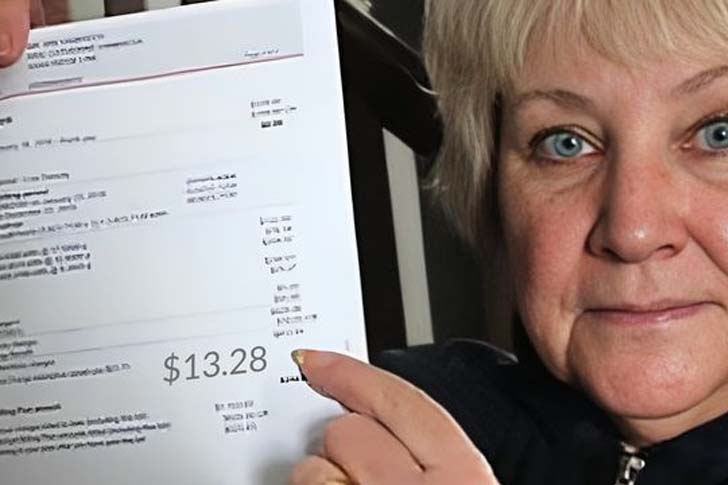As you enter your senior years, the importance of having life insurance to protect your loved ones and manage final expenses becomes more apparent.

Understanding Senior Life Insurance Options
Life insurance for seniors is designed to meet specific needs such as covering funeral expenses, clearing debts, and providing financial support to survivors. There are generally two types of life insurance available to seniors:
- Term Life Insurance: This policy covers you for a set period, such as 10, 20, or 30 years. It typically offers higher coverage amounts for lower premiums but does not build cash value. However, premiums can increase with age, particularly after 80.
- Permanent Life Insurance: Includes whole life and universal life policies. These provide lifelong coverage and build cash value over time. While more expensive upfront, they offer stability in premiums and can contribute to an estate.
Tips for Finding Affordable Senior Life Insurance
- Purchase Early: The cost of life insurance increases with age. Purchasing a policy earlier in your senior years can help lock in lower rates.
- Opt for Term Life If Possible: Term life insurance is generally cheaper than permanent life insurance and may be sufficient if you only need coverage for specific financial responsibilities.
- Compare Multiple Quotes: Premiums can vary significantly between providers. Use online comparison tools or work with an insurance broker to find the best rates.
- Adjust the Coverage Amount: Consider how much coverage you really need. Lowering the death benefit can significantly reduce premiums.
- Look for Discounts: Some insurers offer discounts for healthy lifestyles, non-smokers, or those with multiple policies.
- Consider Final Expense Insurance: Also known as burial insurance, this is a type of permanent life insurance with lower coverage limits designed specifically to cover end-of-life expenses.
The Impact of Health on Premiums
Health plays a crucial role in determining life insurance premiums. Many insurers require a medical exam; however, there are “no exam” policies available, though these may come at a higher cost. Here are a few pointers regarding health and insurance:
- Manageable Medical Conditions: If you have common ailments like high blood pressure or diabetes that are well-managed with medication, you may still qualify for relatively affordable rates.
- No Exam Policies: While convenient, be prepared to pay higher premiums. It’s worth comparing these costs against policies requiring medical exams.
Leveraging Existing Policies
If you already have a life insurance policy, consider whether you can leverage it to meet your current needs:
- Conversion Features: Some term policies allow conversion to permanent insurance without a medical exam.
- Policy Adjustments: Check if you can adjust the death benefit or premiums to better suit your current financial situation.
Key Statistics
According to a 2021 study, the average cost of term life insurance for a 65-year-old in good health can range from $50 to $300 per month, depending on the death benefit and term length. Meanwhile, whole life policies may start at $250 and can be significantly higher.
Conclusion
Finding affordable life insurance as a senior is entirely feasible with the right approach. By understanding the types of insurance available, assessing personal needs, and shopping around for the best rates, seniors can secure life insurance that provides peace of mind without straining their finances.


Recent Comments